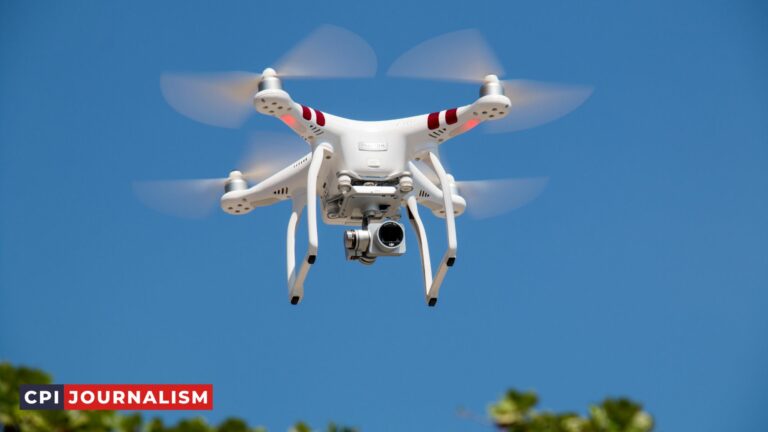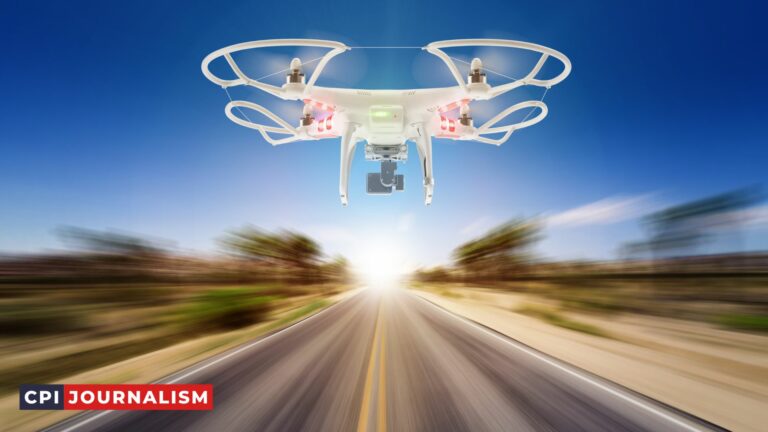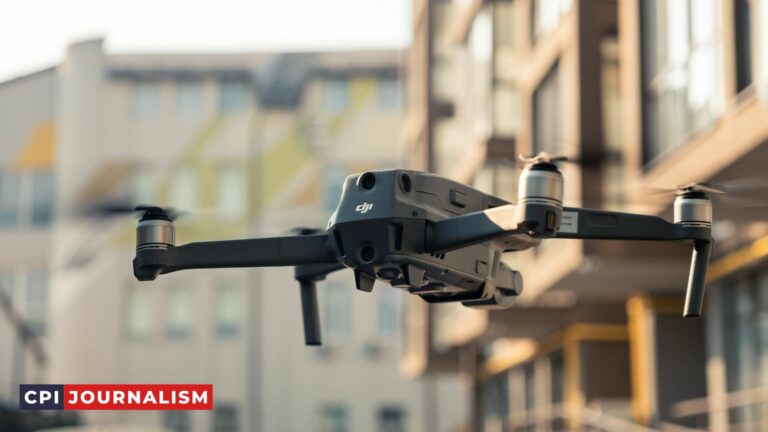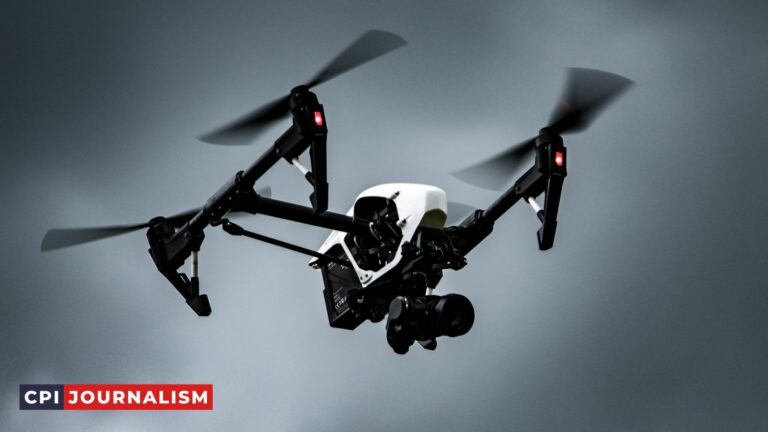Why might a journalist use a drone?
1. Introduction
2. Definition of a Drone
3. What is Journalism?
4. Benefits of Using a Drone in Journalism
5. Legal Considerations
6. Practical Considerations
7. Examples of Journalism Using Drones
8. Potential Pitfalls of Using Drones in Journalism
9. How Journalists Can Make the Most of Drones
10. Conclusion
11. References/Further Reading
Using Drones in Journalism: What Every Journalist Needs to Know
The use of drones for journalism is becoming increasingly popular and with good reason: they offer an exciting new way to capture compelling footage from angles never before possible, and provide an efficient, cost effective way to cover stories that would otherwise be difficult or impossible to do safely and effectively from the ground alone. In this article, we’ll take a look at what journalists need to know about using drones, including the legal considerations, practical considerations, and potential pitfalls associated with their use in journalism so that they can make the most of this powerful tool.
What Is a Drone?
A drone is an unmanned aircraft system (UAS) operated either autonomously by onboard computers or remotely via a radio link or other communication system with a pilot located on the ground or in another aircraft.
What Is Journalism?
Journalism is the practice of gathering, assessing, creating and presenting news and information for public consumption through various media platforms such as newspapers, magazines, television broadcasts and digital media outlets.
Benefits of Using a Drone in Journalism
The use of drones for journalism offers a wide range of benefits compared to traditional methods of capturing footage from the ground alone. First off, drones can provide much more interesting shots from new perspectives that would otherwise be difficult or impossible to get using only traditional methods. From birds-eye views capturing landscapes in full detail to close-up shots at events like protests or natural disasters, drones can give journalists access to footage they never could have gotten before.
Drones also offer much greater mobility than traditional methods; they can be quickly deployed and moved around as needed without having to invest time and resources into setting up multiple camera angles on tripods or scaffolds.
Finally, drones are much cheaper than traditional methods as well; even high-end professional models are just a fraction of the price compared to large cameras used for broadcast-level coverage.
Legal Considerations
When it comes to operating drones for journalism purposes there are some important legal considerations that need to be taken into account before taking flight. Firstly, if you are intending on flying a drone commercially then you will need to obtain special permission from your local aviation authority; this usually involves taking part in an approved training course but most countries have different rules about what type of permission needs to be obtained depending on how you intend on using your drone.
In addition, there is a general rule of thumb when flying drones in the wind: The wind should be no more than two-thirds of the maximum speed of the drone; so if you have a drone that tops out at 18 mph you wouldn’t want to fly it in winds over 12 mph (Nov 2 2022). Finally there are local laws that need to be taken into consideration when flying drones – such as not flying them near airports – so make sure you are aware of these before taking flight.
Practical Considerations
In addition to legal considerations there are some practical considerations when it comes to using drones for journalism purposes; these include things like battery life and range as well as weather conditions which can have an impact on both how far you can fly your drone as well as how long it will stay airborne for.
It’s important to remember that most consumer grade drones don’t have very long battery lives – usually only around 10 minutes per charge – so if you’re planning on covering something that requires extensive footage then make sure you purchase additional batteries or plan accordingly so that your coverage isn’t cut short because your battery runs out.
Weather conditions also play an important role when it comes operating drones safe and effectively; if it’s raining then you’ll want to make sure any exposed electronics on your drone are protected with proper waterproofing measures such as electrical tape or silicone sealant (or even better yet just wait until it stops raining). Additionally wind speeds should also be taken into consideration when flying your drone; generally speaking anything over 15 mph winds can make controlling your drone difficult or even dangerous.
Examples Of Journalism Using Drones
The potential applications for using drones in journalism are virtually limitless but here we’ll take a look at some examples from around the world that illustrate just how powerful this tool can be when used effectively:
- In 2016 CNN used two remote controlled helicopters with cameras mounted on them during coverage of Hurricane Matthew.
- In 2020 Sky News Australia used aerial footage captured by their own custom built octocopter drone during coverage of bushfires throughout New South Wales.
- In 2021 The Guardian used their own custom built quadcopter drone during their coverage of protests against police brutality in London.
Potential Pitfalls Of Using Drones In Journalism
As with any tool there are potential pitfalls associated with using drones for journalism purposes; one such pitfall is privacy concerns which have become increasingly prominent due its increased usage for commercial purposes over recent years.
Journalists looking get started with using drones should first familiarize themselves with local laws & airspace restrictions related flying UAVs (unmanned aerial vehicles) before taking flight; this includes understanding different types permissions needed based on purpose (commercial vs recreational). Additionally they should also check weather forecasts prior any planned flights ensure safe & effective operations as well investing some research into different types available models best suited their needs budget (Nov 2 2022). Lastly journalists should always keep safety top mind when operating UAVs especially when flying populated areas avoid putting anyone at risk unnecessarily.
Overall the use UAVs for journalistic purposes offers exciting new opportunities capture compelling footage from angles never possible before providing efficient cost effective way cover stories would otherwise difficult if not impossible do safely effectively from ground alone provided due care taken legal practical considerations associated their use as well understanding potential pitfalls ensure proper usage maintained over time (Nov 2 2022). With right knowledge preparation any journalist enter brave new world storytelling possibilities opened up by UAVs imagination being limit!
- BBC Academy – How To Use A Drone For Newsgathering
- National Public Radio – What You Need To Know Before Flying A Drone For Journalists
- Federal Aviation Administration – Unmanned Aircraft Systems Overview







